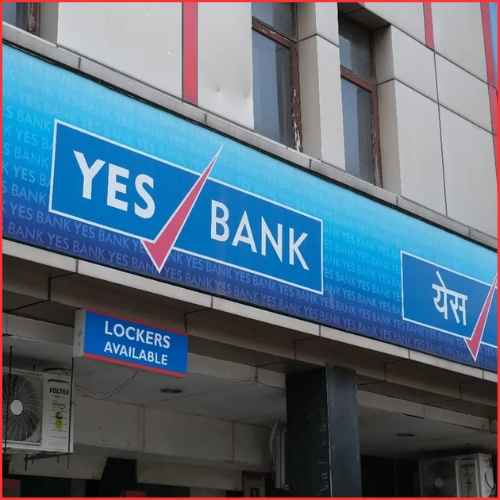Merger of HDFC-HDFC Bank: According to Jayen Shah, founder of Mavuca Capital Advisors Pvt., a fintech investment banking business, ‘HDFC’s exit will initially harm total sales volume next year.’
The absence of one of the rupee bond market’s major issuers from India’s largest merger would likely affect debt sales and arrangement fees for banks.
“HDFC’s exit will initially hurt overall sales volume next year,” said Jayen Shah, founder of Mavuca Capital Advisors Pvt., a fintech investment banking firm. “I expect a lot of first-time issuers, state and private companies tapping the bond market next year as yields stabilize, which may then gradually fill the void.”
The merger of Housing Development Finance Corp. and its subsidiary HDFC Bank Ltd. would result in a more than $200 billion financial services giant, with the parent able to grow by tapping the bank’s deposits rather than piling on additional debt. That’s not all negative for India’s bond market, because the void left by the shadow lender may allow new borrowers to sell notes, allowing India to expand its debt market.
According to Bloomberg estimates, the shadow lender will be India’s largest bond seller in 2022, with its issuance accounting for 7.7% of the country’s overall issue volume this year, up from an average of approximately 6% in the previous ten years. The amalgamated firm will be a bank and will most likely continue to issue notes as needed.
The merger, which is slated to be completed in the second quarter of 2023, would provide HDFC with access to 16.7 trillion rupees ($202 billion) in funds comprised of the bank’s so-called low-cost current and savings account deposits and time deposits. This will allow it to continue growing its assets, which were worth 6.9 trillion rupees at the end of September.
The withdrawal of a large debt issuer threatens the fee revenue of bankers who have organised HDFC’s numerous offerings. According to Bloomberg statistics, Axis Bank Ltd. and ICICI Bank Ltd. have supervised the majority of such sales in recent years.
According to the persons, a tiny group of creditors is still seeking the corporation, valued at $22 billion, to utilise its US unit’s cash reserves of roughly $850 million to payback part of the year-old loan. According to JPMorgan Chase & Co., one of the deal’s bookrunners, the loan, priced at 550 points over Libor in November 2021, is one of the largest unrated term loan B offers ever from a new-age firm worldwide.
For HDFC’s competitors, though, the firm’s exit may be a positive in fundraising terms. “The departure of HDFC from the bond market would benefit its peers as it will give them access to a larger pool of credit,” Mavuca’s Shah said. “That in turn will cut funding costs of other top-rated housing finance companies.”















